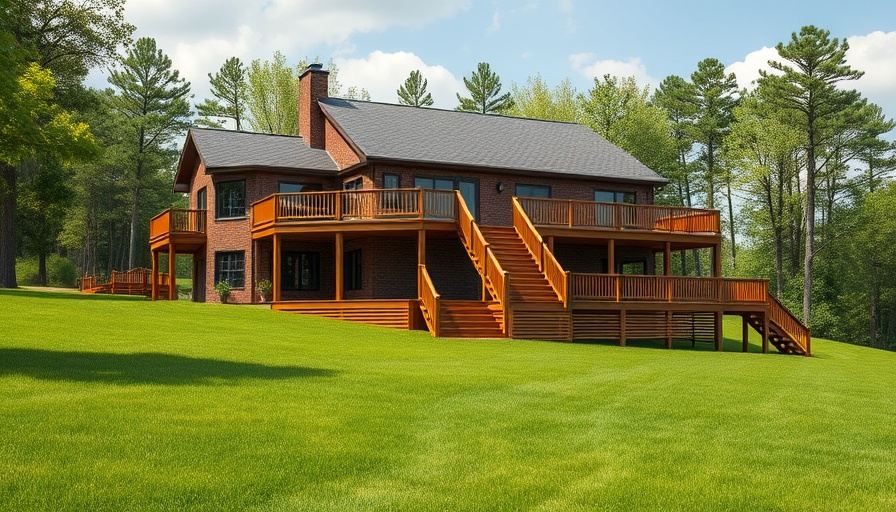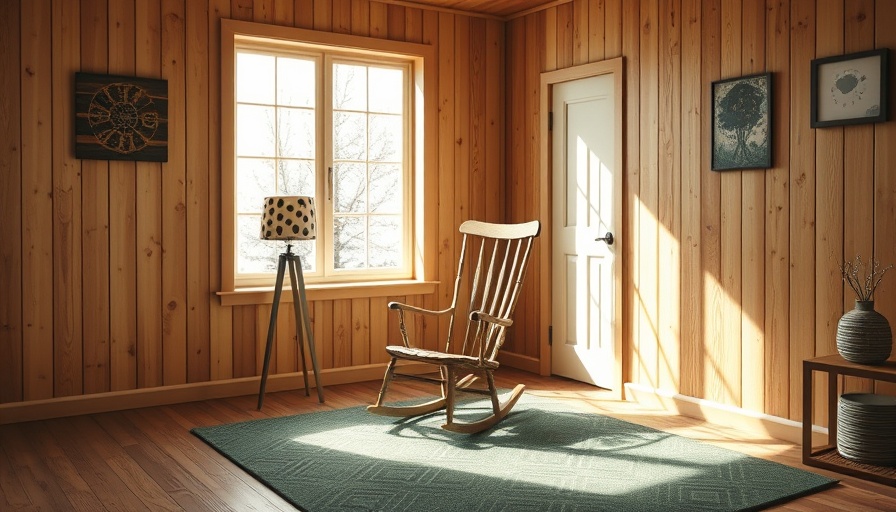
Transforming Your Basement Into An Organized Oasis
Creating an organized basement is more than just a home improvement project; it’s an essential aspect of maximizing space in a bustling Brooklyn home. With limited square footage prevalent in many urban residences, functional basement shelves offer a solution for decluttering and efficiently utilizing every inch of your home. This guide will delve deep into the art of organization and provide you with comprehensive insights on building basement shelves that not only fit your space but also enhance the overall functionality of your home.
Understanding Your Basement Space: The First Step to Organization
Before embarking on any shelving project, it’s vital to assess your basement. Take note of the layout, dimensions, and natural lighting. Brooklyn basements often come with unique challenges, including uneven floors, low ceilings, and even the occasional moisture issue. Understanding these specifics can help you choose a shelving solution that will not only be practical but will also complement your basement’s aesthetics. Carry out a thorough inspection and measure the space where you wish to install shelves, keeping in mind areas that require ventilation or accessibility.
Planning and Designing Your Shelves: Tailored to Your Needs
Once you’ve assessed your basement, the real fun begins: planning your shelving. Think about what types of items you’ll be storing. Will your shelves hold seasonal decorations, tools, or perhaps canned goods? Each type of item has different storage requirements, from weight to size. For example, heavy tools benefit from sturdier shelves made of metal, while lighter items like decorations may do well on wooden ones.
Design a layout that maximizes both vertical and horizontal space. Think about adjustable shelves for flexible storage, as well as deep shelves for larger items. It’s crucial your design accommodates future needs, so leaving some space for expansion is a practical approach. Consider corner shelving to utilize those often neglected areas or installing wall-mounted shelves to free up floor space.
Material Choices: Crafting Everlasting Storage Solutions
Selecting the right materials is fundamental to building functional basement shelves that stand the test of time. In a Brooklyn basement, factors like humidity and temperature fluctuations can affect shelf durability. When it comes to materials:
- Wood vs. Metal: Wood is an excellent choice for shelving due to its aesthetic appeal and versatility. Pressure-treated or moisture-resistant plywood is advisable for basements prone to dampness. Consider materials like MDF for a sleek finish or solid wood for classic beauty.
- Metal: Metal shelves offer robust durability and can withstand heavier weights, making them ideal for tools and appliances. Powder-coated options can resist rust and corrosion, perfect for damp environments.
Smart Storage Techniques: Maximizing Every Inch
Smart storage techniques can revolutionize how you use your basement. Implementing baskets or bins for smaller items keeps everything organized while still being accessible. For larger tools, consider pegboards or wall storage solutions, which free up shelf space and keep items visible and within reach.
Additionally, incorporating labels can help maintain order and simplify locating seasonal or seldom-used items. This is crucial in preventing a cluttered environment from creeping back into your organized haven.
Future Predictions: Trends in Organizing Spaces
The trend of multifunctional spaces is becoming ever more popular, especially in urban environments like Brooklyn. Homeowners are seeking ways to use spaces creatively, reimagining basements as not just storage areas, but multifunctional nooks for hobbies or relaxation. As you design your shelving, consider future uses of your basement. Will you need the space partially cleared for activities? Tailor your shelves accordingly for easy adaptability.
Common Misconceptions: Busting Storage Myths
One common misconception is that basements are merely storage spaces that can be filled haphazardly. In reality, a well-organized basement can be an asset to home life, improving accessibility and enhancing the overall value of the property. Many assume that shelving needs to take up a significant footprint, but that’s not true; vertical solutions can maximize storage without wasting precious floor space.
Conclusion: Crafting Your Organized Basement Dream
Building functional basement shelves can significantly enhance the efficiency and aesthetics of your home. By understanding your space, selecting suitable materials, and employing smart storage techniques, you can create a basement that serves as a true asset rather than an afterthought. Take the first step today toward turning your cluttered basement into a well-organized oasis, tailored to your unique lifestyle!
 Add Row
Add Row  Add
Add 




 Add Row
Add Row  Add
Add 

Write A Comment